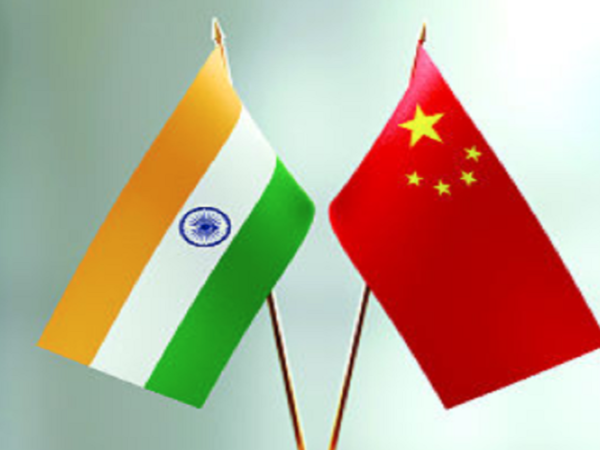The PwC 25th Annual Global CEO survey, conducted in October-November 2021 just before the Omicron variant came to light, found over 4,400 CEOs from 89 countries, including 77 India CEOs, to be fairly optimistic about near-term growth prospects. 99% of India CEOs believe India’s economic growth will improve in the coming year, and are confident of their own company’s revenue growth prospects. Interestingly, 94% Indian CEOs also seem more optimistic about global growth — as against 77% of global CEOs, which includes traditional leaders like the US and China.
India CEOs did, however, express concern about cybersecurity, geopolitics and health risks, factors they believe could impact their top line. Evolving relations with China are both a risk and an opportunity. While Indian (and global) businesses have struggled with supply chain disruptions, India should also take advantage of the ‘China+1’ sentiment. This may be an opportunity to encourage foreign players to set up shop in India, and for us to augment our domestic manufacturing engine on the back of the 15-sector $37 billion PLI schemes.
Five trends have manifested that need to be acknowledged as businesses plan for the future:
1. Convergence of mobile and digital ecommerce: In India, mobile and ecommerce are the two directly proportional variables of the consumption equation. With 25 million smartphone users added every quarter, smartphone penetration continues to reach new heights, as does online shopping and ecommerce. The pandemic has catalysed this growth. Consumers accustomed to certain brands in bigger cities now seek out the same products in smaller ones. Unable to find them on the shelves of their local markets, they turn to online shopping as a viable option.
2. Platformisation of consumer financial services: It’s a race not just to sell more products, but also to aggregate more customers, and gain a higher wallet share. Companies want users to bank, take loans, make utility payments, buy insurance, stocks, file taxes all through their platforms — even if they don’t directly sell many of the products themselves. This consumer-oriented model is here to stay. Leveraging user data, companies know what products need to be marketed to which customer. Customers love the convenience of it. As India’s per capita income levels and financial awareness grow, and we move away from investing in physical assets to financial assets, these platforms will grow in lockstep.
3. Transition towards clean energy: India aspires to be net-zero by 2070. However, as third largest emitter of carbon today and user of coal for three-quarters of its electricity needs, significant steps must be taken. First, we must focus on the commercialisation and large-scale adoption of clean energy technologies at affordable prices. Initiatives like PLI for solar PVs and ACC batteries will help businesses. In the long run, electrification of transport and commercialisation of low-carbon fuels will play a pivotal role in decarbonising supply chains. Second, there is a dire need for ‘enabling investments’ by businesses that require sustainable and low-cost funding to help bear the green transition costs. More investors — local and global — need to act as facilitators, and carbon markets should facilitate this transition. Third, India Inc. will need to embrace existing and prospective regulations for India to achieve its climate goals.
4. Virtual health and wellness: Healthcare delivery in the post-Covid era has started shifting from bricks-and-mortar to virtual-first care, especially for outpatient treatment. Footfalls across healthcare centres dropped as many people shifted to safer, more convenient online consultations. E-pharmacies are disrupting the way we buy medicines. A similar trend can be seen in the diagnostics market. All of this is creating a single point of contact for the customer, again driven by the smartphone boom. This technological access to care is going to grow exponentially, enhancing both accessibility and affordability.
5. Creation and metaverse: The much-talked about metaverse remains as confusing as the internet was in its earliest days. Using VR headsets one can step into a simulation of the real world — the metaverse. People and companies have already started creating digital assets and real estate in this simulated world, with entertainment and media events tapping it to garner much larger audiences. Artists and collectors are trading digital assets using non-fungible tokens (NFTs). However, the opportunity can upend our digital world, perhaps in an unknown, exciting way. We can expect a differentiated digital experience — allowing buyers to interact with sellers remotely and immerse themselves in products. Restaurants and chefs can monetise their experiences through NFTs. Even our business meetings could move from today’s 2D style to the 3D metaverse.
Every year brings its own set of opportunities and challenges. However, our growth prospects look more promising than they have in recent years, These key trends could usher in a host of opportunities.
https://m.economictimes.com/opinion/et-commentary/view-india-should-take-advantage-of-the-china1-sentiment/amp_articleshow/89079835.cms





